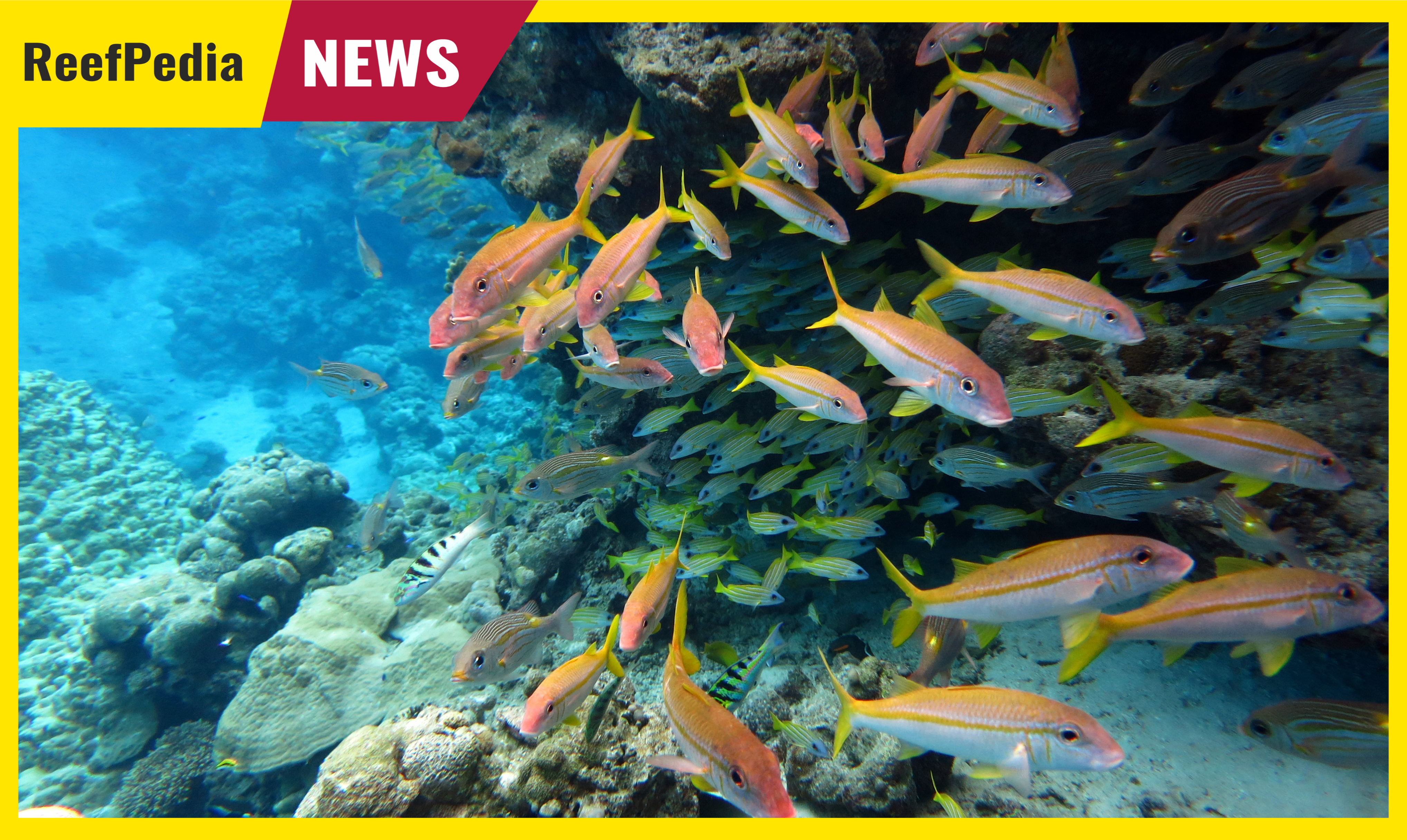As a result of research conducted by Conservation International (CI) on Ataúro Island, located 36 kilometers north of Dili, the capital of East Timor, it was revealed that the local coral reefs have the highest average diversity of reef fish species in the world. The study was carried out in 10 locations, where the average number of fish species per site was 253. In one of the locations, even 315 species were recorded, which is the third highest number in the world.
This impressive increase in species diversity, almost 20% higher than during CI’s previous study in 2012, highlights the uniqueness and biological richness of the island. Trudiann Dale, the director of Conservation International Timor-Leste, emphasized the importance of ongoing research for the protection of marine life, pointing out that each subsequent study reveals new aspects of the region’s remarkable biodiversity and underscores the need to protect these valuable ecosystems.
As Ataúro Island grows in popularity as a tourist destination, known for its rich marine life, the RAP (Rapid Assessment Program) team conducted studies to deepen knowledge about the local marine ecosystems. This information is crucial for planning protection and management, especially in the context of the growing role of tourism in the local economy.
During a week-long research expedition, which included about 120 hours of underwater observations, the team consisting of specialists such as Dr. Mark Erdmann, Anselmo Amaral, Gerry Allen, and Emre Turak, registered a total of 642 reef fish species. As a result, East Timor has even surpassed areas like Raja Ampat in Indonesia in terms of the average number of species per location, matching large islands such as Chuuk and Pohnpei in Micronesia, and Christmas Island.
In addition to reviewing biodiversity, the team also assessed the health of the coral reefs and surrounding waters of Ataúro, finding them to be generally in good condition, despite a few areas showing signs of damage. In response to these challenges, the Ministry of Agriculture and Fisheries introduced new regulations aimed at protecting these ecosystems, including restrictions on catching juvenile fish and the introduction of protected areas in Nino Konis Santana National Park.
Furthermore, the government also added 19 new species to the country’s list of protected marine species, including sharks, sea turtles, whales, dolphins, manta rays, and other species, highlighting their importance for marine ecosystems and their economic value in the tourism industry.
Dale emphasized the Ministry’s commitment to quickly implementing protective regulations and noted that CI is determined to support the government and local communities in protecting their natural marine resources. These efforts aim not only to protect biodiversity but also to enhance food security and economic development in the region through tourism.
About the author

Grzegorz Bubak
My fascination with marine aquariums began over two decades ago when I stumbled upon an article about this topic in a magazine. Since then, the underwater world has become my obsession and passion, shaping my everyday life. I started my adventure with marine aquariums with soft corals, which were my first step into this fascinating world. Over time, captivated by the diversity and beauty of SPS corals, I decided to focus on their cultivation, which continues to fill me with constant wonder.
Thanks to my experience and passion for marine aquariums, I am ready to share my knowledge and expertise with other enthusiasts in this field. I am happy to be part of the Reef Pedia community, which serves as an invaluable source of information for all marine aquarium lovers.

